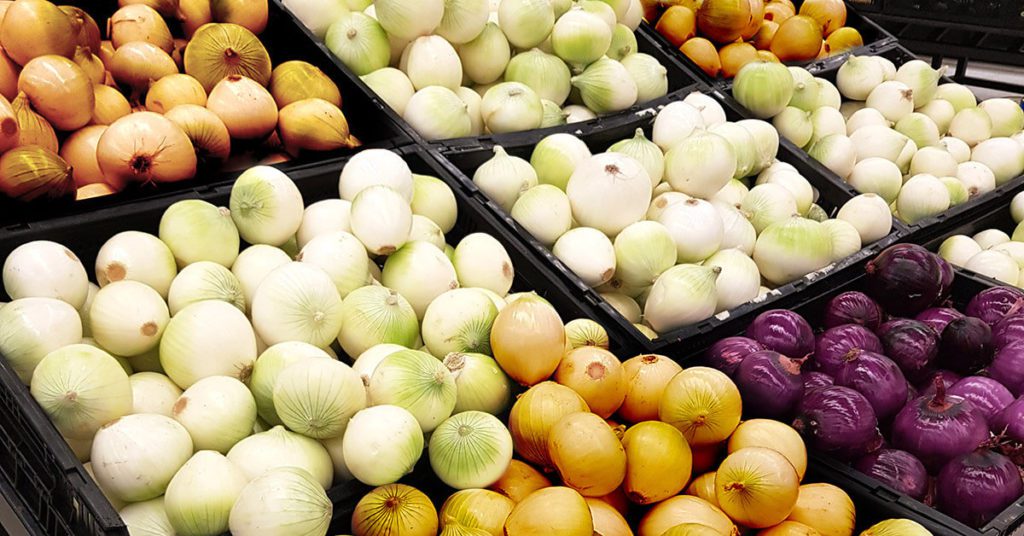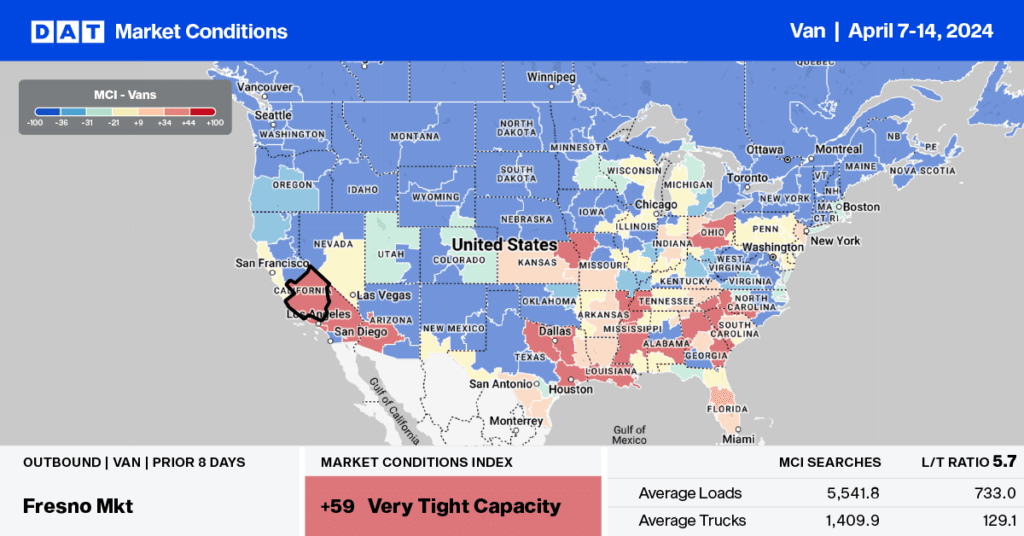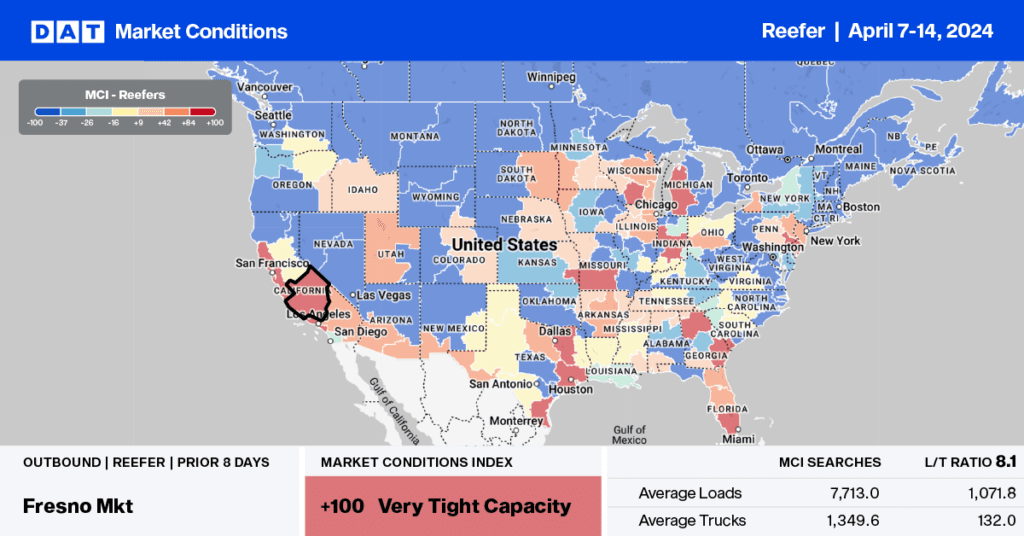The latest monthly release of PIERS import data highlights the extraordinary import growth the freight market has experienced in recent months.
According to the Port of Long Beach, retailers making their final push for holiday shopping goods and pandemic related supplies including PPE, pushed the ports November container volume to a new record of 783,523 twenty-foot equivalent (TEU) units of container cargo, which is up 30.6% y/y.
In nearby Port of Los Angeles, volumes are up by a similar amount with October being the busiest month in the Port’s 114-year history.
Tune into DAT iQ Live, live on YouTube or LinkedIn, 10am ET every Tuesday.
The resulting impact on the truckload market was also evident in both rates and load board activity. Outbound load posts for November in the Los Angeles freight market are up 60% y/y pushing up average monthly spots rates by $1.20/mile from $1.92/mile in November 2019 to an average of $3.12/mile last month.
A similar trend is also unfolding on the East Coast where, according to the Journal of Commerce, “Cargo volumes are spiking in the Southeast due to a pandemic-related spike in demand for furniture, linens, bedding, refrigerators, freezers, and other appliances, and even artificial Christmas trees. Southeast US ports are seeing the full effects of retail restocking, e-commerce, and Christmas shopping season with container volumes last month hitting all-time highs in Savannah and Virginia, while they were up year over year in Charleston for the first time since the pandemic began.”
Import data for November shows an even split between container import volumes on both coasts, each receiving 46% of total imports, while the Gulf Coast and Great Lakes Region received 8%.
Import volumes are up 31% y/y in the largest port market on the East Coast,New York, which holds 37% of total TEU volume.. November import volumes are up 28% y/y in the next largest port for import TEU volume, Savannah, which has a 22% market share..
Truckload load post volumes in both markets increased by 110% y/y as a result and with truckload capacity so tight this year, dry van spot rates are $0.68/mile and $0.61/mile higher respectively.
Georgia, Virginia and South Carolina port authorities credit the volume surge on unabated demand for furniture, bedding, refrigerators, freezers, and air conditioners as Americans substituted vacations for at-home spending.
According to PIERS data, the number one imported commodity is furniture, which represents around 15% of all container imports with volumes up 59% y/y.
“Furniture was up the most as a percentage as it was in recent months – for August and September, we were up 42 percent in furniture,” according to Georgia Port Authority CEO Geoff Lynch. “Hardware, home goods, machinery, and appliances from Asia were up double digits.”
Import container volumes translate into a significant volume for the truckload sector and across all 14 coastal ports. Import TEU volumes for November are up 22% y/y, which has resulted in load post volumes increasing by an average of 87% in corresponding port freight markets.
This trend is expected to continue well into Q121 and certainly until the spread of the COVID-19 virus starts to abate.


